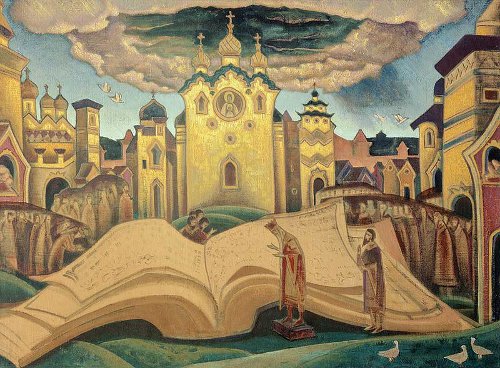
Most stories are told in the past tense. “It was a dark and stormy night.” In reading the story we understand that the storm is happening “now,” in the present, but the language that communicates this to us places it in the past.
This is a strange way of managing things. Imagine reading a novel using a bookmark. Everything to the left of the bookmark is in the past, already known. Everything to the right is in the future, not yet known. Our current location, at the bookmark, is someone else’s present narrated in the past tense. And this implies that there’s some future present in relation to which “current” events are past.
“If the past is to be read as present, it is a curious present that we know to be past in relation to a future we know to be already in place, already in wait for us to reach it,” writes Peter Brooks in Reading for the Plot (1984). “Perhaps we would do best to speak of the anticipation of retrospection as our chief tool in making sense of narrative, the master trope of its strange logic.”
(From Mark Currie, About Time, 2007.)
